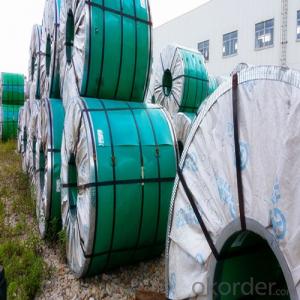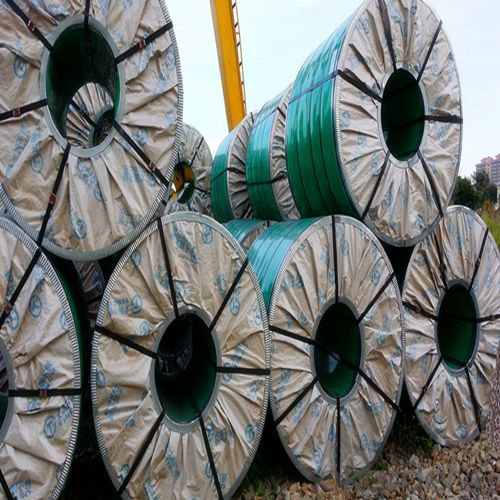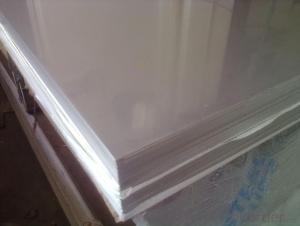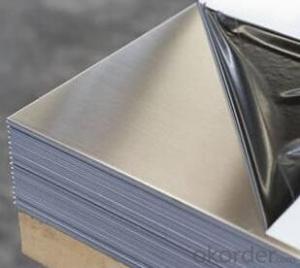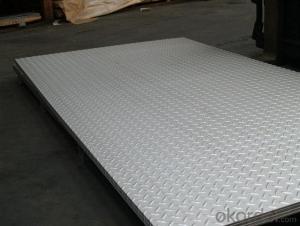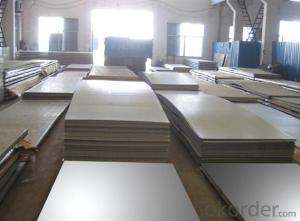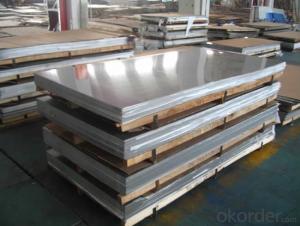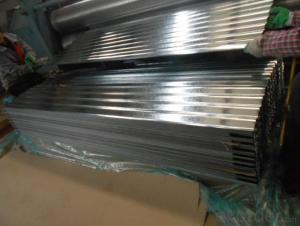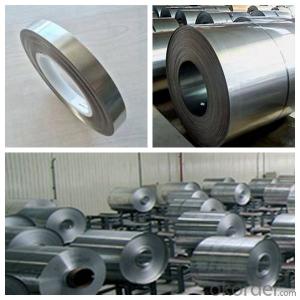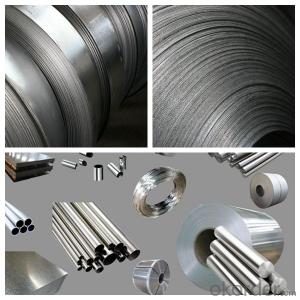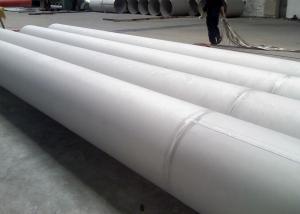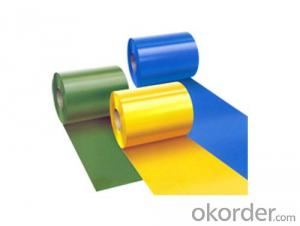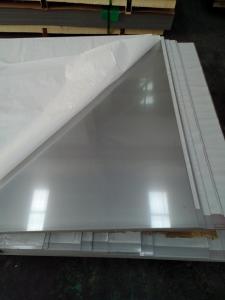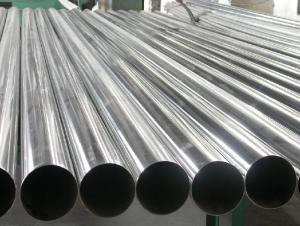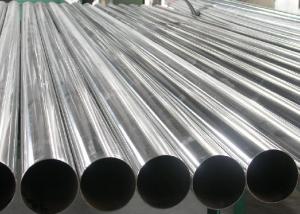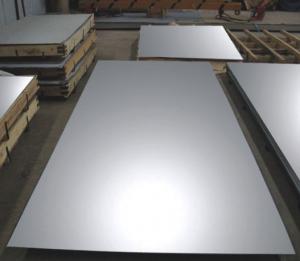Stainless Steel Welding Wire Sheet Tube Coil Plate
- Loading Port:
- Tianjin
- Payment Terms:
- TT OR LC
- Min Order Qty:
- 100 m.t.
- Supply Capability:
- 10000 m.t./month
OKorder Service Pledge
OKorder Financial Service
You Might Also Like
1.Structure of Stainless Steel Coil:
Stainless steel coil is a production which not easy rust, acid resistance and corrosion resistance, Stainless steel coil is a new kind of Austenite stainless steel by used Mn, N replace Ni. so it is widely used in light industry, heavy industry, daily necessities and the decoration industry. Stainless steel coil has good corrosion resistance and hot / cold processing performance, instead of stainless steel products for used in the not high of corrosive environment, such as indoor, inland city outdoor etc.
2.Main Features of the Stainless steel coil:
1) High Quality: Using Latest automated control equipment to ensure the quality
2) Best Price: With most automated equipments to ensure our price is lower than the market
3) Fast Delivery: The delivery date within 20 das after get your order
4) Best Service: Our after-sell service team will help you to slove all the problems about the order
3. 304 Stainless steel coil Images
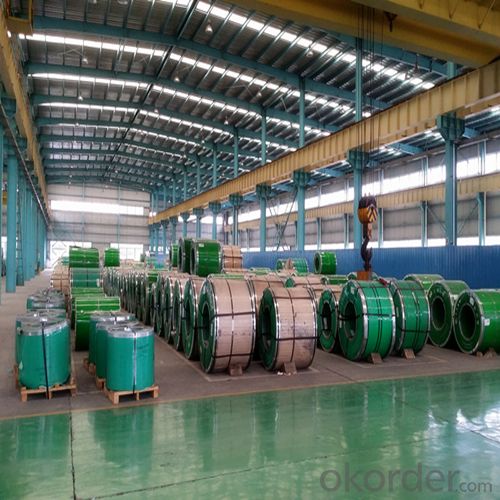
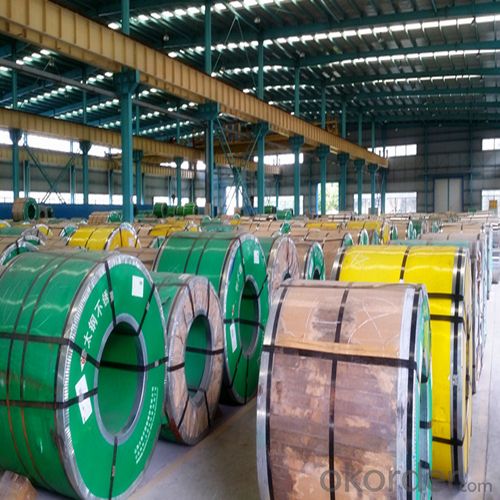
4. 304 Stainless steel coil Specification
Product name: 304 Stainless Steel Coil
Thickness: 0.2mm to 1.5mm
Technical: Cold Rolled
Width: 10mm to 1240mm
Type: 200 Series
Length: As customer's requested
Standard: JIS, SUS
Finish: BA, 2B, 8K, NO.3, NO.4, HL
MOQ: 100 MT
Ship Term: FOB Shenzhen port or CNF import port
Delivery Time: 15 to 20 day after the receive the deposit or LC
Packaging: By wooden pallet, wooden case or according to customer's request
5.FAQ
1) How about your company?
2) A world class manufacturer & supplier of castings forging in carbon steel and alloy steel,is one of the large-scale professional investment casting production bases in China,consisting of both casting foundry forging and machining factory. Annually more than 8000 tons Precision casting and forging parts are exported to markets in Europe,America and Japan. OEM casting and forging service available according to customer’s requirements.
3) How to guarantee the quality of the products?
4) We have established the international advanced quality management system,every link from raw material to final product we have strict quality test;We resolutely put an end to unqualified products flowing into the market. At the same time, we will provide necessary follow-up service assurance.
- Q: Are stainless steel sheets resistant to pitting?
- Yes, stainless steel sheets are resistant to pitting. Stainless steel is known for its excellent corrosion resistance, and this includes resistance to pitting corrosion. Pitting corrosion is a localized form of corrosion that leads to the formation of small pits or holes on the surface of metal. However, stainless steel contains chromium, which forms a passive oxide layer on the surface, preventing the metal from further corrosion. This oxide layer acts as a barrier and protects the stainless steel from pitting. Additionally, the composition and specific grade of stainless steel can further enhance its resistance to pitting, making stainless steel sheets a reliable choice for various applications where corrosion resistance is crucial.
- Q: Are stainless steel sheets magnetic?
- Yes, stainless steel sheets can be magnetic depending on the composition and treatment of the alloy.
- Q: How do you remove oil stains from stainless steel sheets?
- To remove oil stains from stainless steel sheets, you can follow these steps: 1. Start by wiping the stained area with a clean cloth or paper towel to remove any excess oil or grease. 2. Mix a mild dish soap with warm water in a bowl or bucket. Dip a soft sponge or cloth into the soapy solution and gently scrub the stained area in circular motions. 3. For tougher stains, you can use a non-abrasive cleaner specifically designed for stainless steel. Apply a small amount of the cleaner to the stained area and use a soft cloth to rub it in. Be sure to follow the manufacturer's instructions for the cleaner. 4. Rinse the area thoroughly with warm water to remove any soap residue. 5. To further restore the shine and remove any remaining stains, you can create a paste using baking soda and water. Apply the paste to the stained area and let it sit for a few minutes. Then, scrub gently with a soft cloth or sponge. Rinse with warm water and dry with a clean towel. 6. To prevent future stains, consider using a stainless steel cleaner or polish. These products can help maintain the shine and make it easier to clean any spills or stains that may occur. Remember to always test any cleaning product or method on a small, inconspicuous area of the stainless steel sheet before applying it to the entire surface. Additionally, avoid using abrasive materials or scrub brushes with harsh bristles as they can scratch the stainless steel.
- Q: Can stainless steel sheets be used for solar panel frames?
- Yes, stainless steel sheets can be used for solar panel frames. Stainless steel is a popular choice for solar panel frames due to its high strength, durability, and corrosion resistance properties. It can withstand various weather conditions, including extreme heat, humidity, and exposure to sunlight. Additionally, stainless steel is non-magnetic and non-combustible, making it a safe choice for solar panel installations. Its high strength-to-weight ratio also allows for lighter frame designs, reducing the overall weight of the solar panels and making them easier to install. Overall, stainless steel sheets are a reliable and long-lasting option for constructing solar panel frames.
- Q: How do I prevent galling on stainless steel sheets?
- To avoid galling on stainless steel sheets, there are various actions that can be taken: 1. Use lubrication: Apply a suitable lubricant to the stainless steel sheets, particularly in areas where they come into contact with other surfaces or materials. This will decrease friction and help prevent galling. 2. Avoid similar metals: Galling can occur when stainless steel sheets come into contact with other stainless steel surfaces due to the transfer of metal particles. To prevent this, try using different metals or non-metallic materials that are compatible with stainless steel. 3. Improve surface finish: Ensure that the stainless steel sheets have a smooth surface finish. Rough surfaces can increase friction and the likelihood of galling. Consider utilizing polishing or grinding techniques to achieve a smoother surface. 4. Control contact pressure: Excessive pressure between stainless steel sheets can lead to galling. Minimize contact pressure by adjusting clamping forces or utilizing gaskets, washers, or other materials that distribute the load evenly. 5. Reduce sliding speed: High sliding speeds can contribute to galling. Slow down the movement or apply anti-galling coatings to decrease the risk of galling on stainless steel sheets. 6. Perform regular maintenance: Regularly inspect the stainless steel sheets for signs of wear or damage. Address any issues promptly to prevent further damage that could result in galling. By implementing these preventive measures, the occurrence of galling on stainless steel sheets can be significantly reduced, ensuring their longevity and optimal performance.
- Q: What are the different types of stainless steel sheet surface finishes available?
- There are numerous options when it comes to stainless steel sheet surface finishes, each with its own distinct qualities and uses. Some of the most commonly used types are as follows: 1. No. 1 Finish, also known as hot rolled annealed and pickled (HRAP), is the most basic and frequently employed finish. It has a rough, lackluster appearance with visible grain lines. This finish is typically utilized in industrial applications where aesthetics are not of primary importance. 2. No. 2B Finish is achieved through cold rolling, heat treating, and pickling the stainless steel. It boasts a smooth, reflective surface with a moderate gloss. This finish is often chosen for applications requiring a clean, uniform appearance, such as kitchen appliances and architectural components. 3. No. 3 Finish is obtained by employing progressively finer abrasives during the polishing process. It offers a semi-polished, satin-like appearance with visible grain lines. This finish is commonly employed for decorative applications like furniture, signage, and automotive trim. 4. No. 4 Finish resembles No. 3, but with a finer grain and higher gloss. It is achieved by utilizing even finer abrasives during the polishing process. This finish finds common use in architectural and decorative applications that necessitate a high-quality, mirror-like finish. 5. No. 8 Finish, also referred to as a mirror finish, is the finest-quality stainless steel sheet surface finish available. It is accomplished by polishing the stainless steel to a highly reflective, mirror-like appearance. This finish is frequently employed in high-end architectural and decorative applications where a flawless, premium finish is desired. In addition to these primary finishes, there are specialized finishes available for specific applications. For instance, a brushed finish creates a textured, brushed appearance by using abrasive belts or brushes against the stainless steel surface. Moreover, there are colored finishes that involve applying a thin layer of color to the stainless steel surface, resulting in a unique and captivating appearance. Ultimately, the choice of stainless steel sheet surface finish depends on the specific application and desired aesthetics, ranging from basic industrial finishes to high-end decorative finishes.
- Q: Can stainless steel sheets be used for restaurant equipment?
- Yes, stainless steel sheets can be used for restaurant equipment. Stainless steel is a popular choice for restaurant equipment due to its numerous benefits. It is durable, corrosion-resistant, and easy to clean. Stainless steel sheets can be fabricated into various shapes and sizes to meet the specific requirements of restaurant equipment, such as countertops, sinks, tables, shelves, and food preparation surfaces. Additionally, stainless steel is a hygienic material that does not react with food or contaminate it, making it ideal for use in restaurant settings where cleanliness and food safety are paramount.
- Q: What are the different types of stainless steel sheet textures available?
- A variety of stainless steel sheet textures are available, each offering a distinct aesthetic and functional appeal. Some commonly used textures include: 1. Brushed: This texture is achieved by brushing the stainless steel surface with abrasive materials in one direction, resulting in a smooth, satin-like finish commonly found in kitchen appliances and decorative applications. 2. Mirror: As the name suggests, this texture creates a highly reflective and mirror-like surface. It is achieved by progressively polishing the stainless steel sheet with finer abrasives until a reflective finish is obtained. Mirror-textured stainless steel sheets are often used in architectural and decorative applications. 3. Embossed: This texture involves imprinting patterns or designs onto the stainless steel sheet using embossing rollers. The raised patterns add depth and visual interest to the surface, making it a popular choice for interior design applications such as wall cladding or elevator panels. 4. Perforated: This texture involves creating a pattern of holes or perforations on the stainless steel sheet. It allows for the passage of light, air, or liquids while adding a decorative element to the surface. Perforated stainless steel sheets are commonly used in architectural, interior design, and filtration applications. 5. Etched: This texture is achieved by chemically etching the stainless steel surface using acid or other corrosive substances. The etching process creates a pattern or design on the surface, resulting in a visually appealing, textured finish. Etched stainless steel sheets are often used in decorative applications such as signage, elevator doors, or wall panels. 6. Hammered: This texture involves using hammers or other tools to create a hammered or dimpled pattern on the stainless steel sheet. It adds a rustic, textured look to the surface and is commonly used in architectural and decorative applications. These examples showcase the range of stainless steel sheet textures available. Depending on desired aesthetics and functional requirements, there are numerous other textures and finishes that can be applied to stainless steel sheets to achieve different looks and effects.
- Q: What's the difference between stainless steel coil and stainless steel plate?
- Stainless steel (Stainless Steel) is the abbreviation of stainless acid resistant steel, corrosion resistance of air, steam, water and other corrosive media or stainless steel grades, known as stainless steel;
- Q: What is the stainless steel grid board? What areas of stainless steel mesh panels are used in?
- Stainless steel grid plate, also called stainless steel steel grid plate, the two are the same product, just name different
Send your message to us
Stainless Steel Welding Wire Sheet Tube Coil Plate
- Loading Port:
- Tianjin
- Payment Terms:
- TT OR LC
- Min Order Qty:
- 100 m.t.
- Supply Capability:
- 10000 m.t./month
OKorder Service Pledge
OKorder Financial Service
Similar products
Hot products
Hot Searches
Related keywords
